
Schiit has released a new decoder, which has been quite popular in the market recently, positioned at the flagship level with the model number DAC-R26. Priced at 8999 yuan, it seems that in recent years, there are fewer brands of decoders in the domestic market at the ten-thousand-yuan price point that have garnered attention. Schiit, as a relatively newer brand, has developed quite well over the years.
The DAC-R26 decoder is somewhat of a milestone, as it is Schiit’s first R2R architecture decoder, and also the first product featuring Schiit’s new design language. Looking at the entire market, it is expected that the DAC-R26 is currently one of the most feature-rich R2R decoders available for purchase.
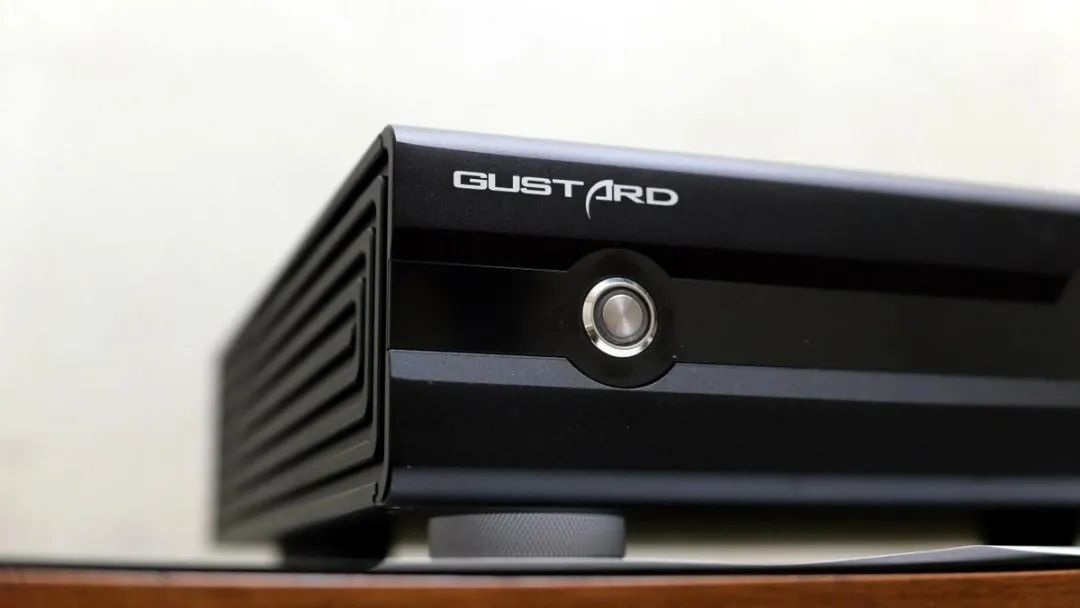
In earlier years, there were very few brands in China producing R2R decoders. Recently, I searched online and found that the number of domestic brands making R2R decoders has indeed increased significantly. However, looking at the entire decoding market, R2R decoders are still relatively rare. After all, delta-sigma architecture decoders are cheaper to produce and have a well-established application and solution maturity.
R2R is a relatively primitive architecture, and in recent years, it has regained the attention of audiophiles due to its distinctive tonal characteristics. In addition to its pleasing sound, the dense and orderly arrangement of resistors is also very appealing to perfectionist audiophiles, creating a charm that seems to make it sound better just by looking at it.
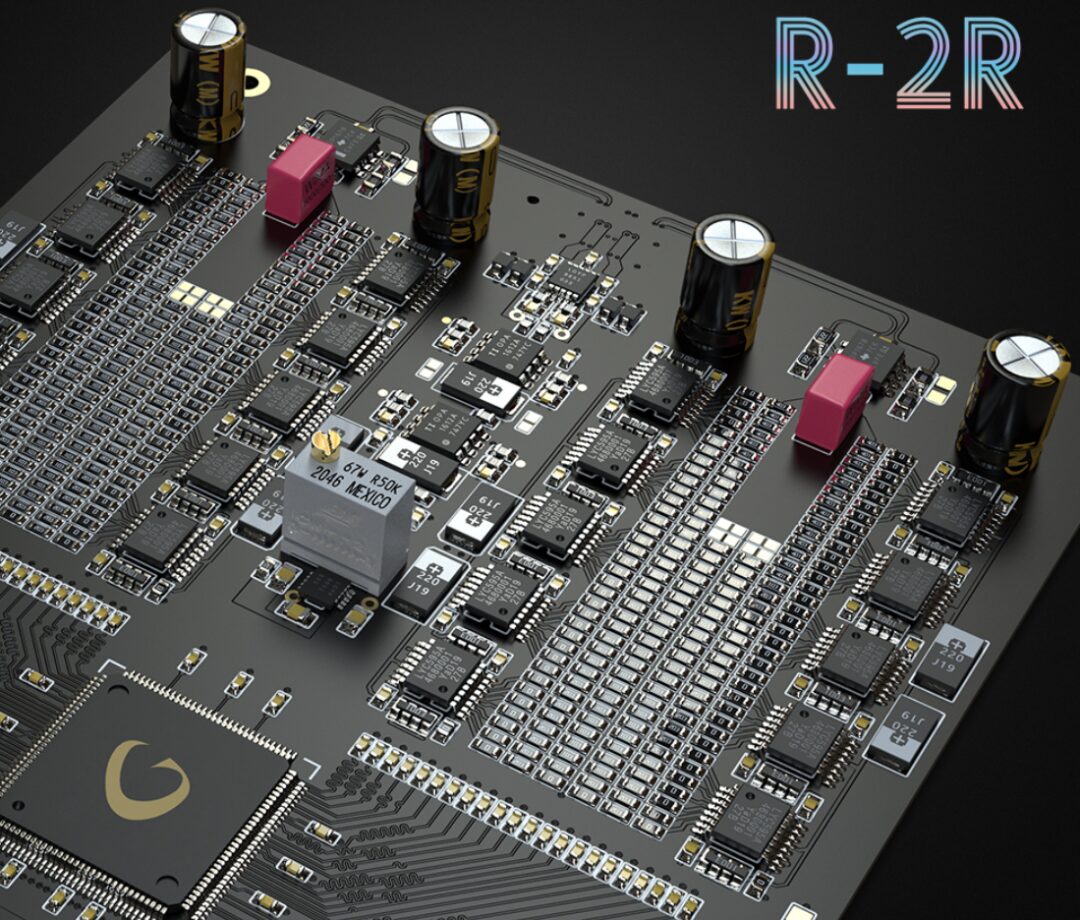
This product is somewhat akin to the vinyl revival, as its simple and straightforward architecture captures pure and honest sound, with a tangible analog flavor and density of sound that is commendable. With the advancement of the times, improvements in component precision, and superior processing techniques, the sound quality has also improved. The integration with modern devices and the breakthrough of technical barriers for music file compatibility have allowed this ancient technology to be modernized and revived, which is indeed quite enjoyable.
After the technical breakthroughs, the significant characteristic that remains is still the high cost. The R2R architecture cannot escape the need for high-precision resistor matching. This matching process always requires a significant amount of time and material costs. Therefore, even the cheapest R2R architecture decoder will not be too cheap.
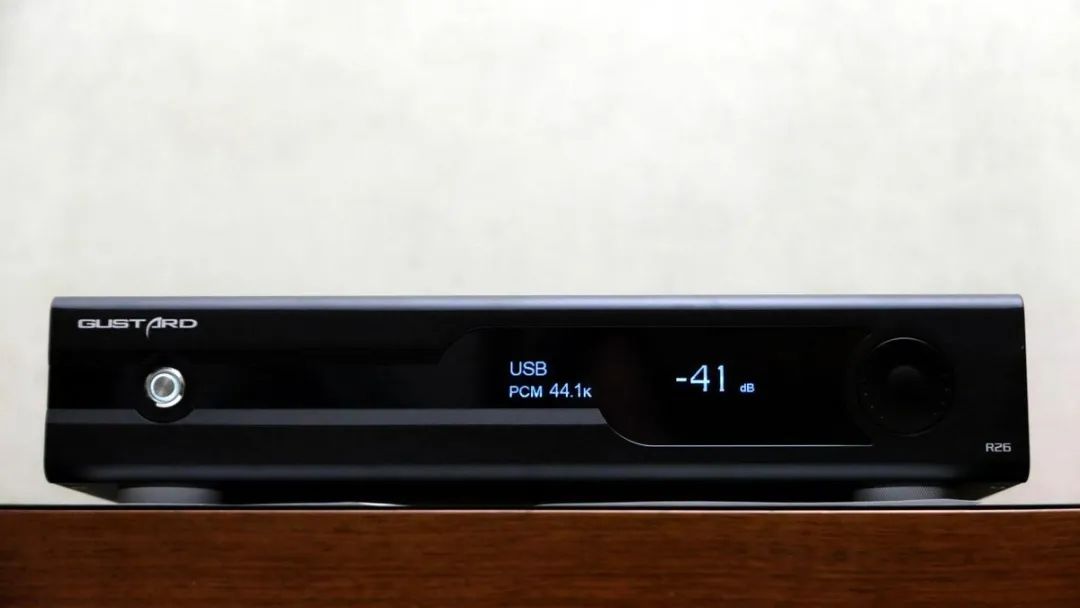
The new appearance of the DAC-R26 is not up for discussion, but the grooves on the side indeed aid in heat dissipation, and the improvement in shell craftsmanship and design implementation has significantly increased costs compared to previous models.
The DAC-R26 is also the most feature-rich R2R decoder I have seen, with volume control, which can also be understood as a decoding preamp. The back features a comprehensive array of interfaces, including standard RCA, XLR outputs, RCA coaxial, AES, USB, optical digital inputs, as well as network LAN input and HDMI IIS digital input, allowing for clock input. It also supports Bluetooth 5.0 with LDAC high-definition protocol reception, and a Type-C port for future firmware upgrades, enabling continuous improvement of features and bug fixes.

In terms of configuration, besides being a fully discrete R2R architecture, it also features a fully discrete Class A circuit that can be adjusted in stages, supporting native 1Bit DSD hardware direct decoding. The official specification states that it currently supports DSD512, with a theoretical maximum support for DSD1024, which is likely to be achievable through future firmware upgrades. The button in the center of the front panel’s rotary control can be long-pressed to enter the settings menu, which includes options for DSD direct decoding, PCM filter modes with fast, mid, and slow selections, and the option to enable PCM NOS (at this time, the volume control of the decoder is ineffective, so be cautious when connecting to speakers without volume control). The attenuation feature reduces output sound pressure significantly, which is designed to facilitate matching with various backend devices, as well as internal and external clock source selection, phase options, and screen brightness adjustment functions.
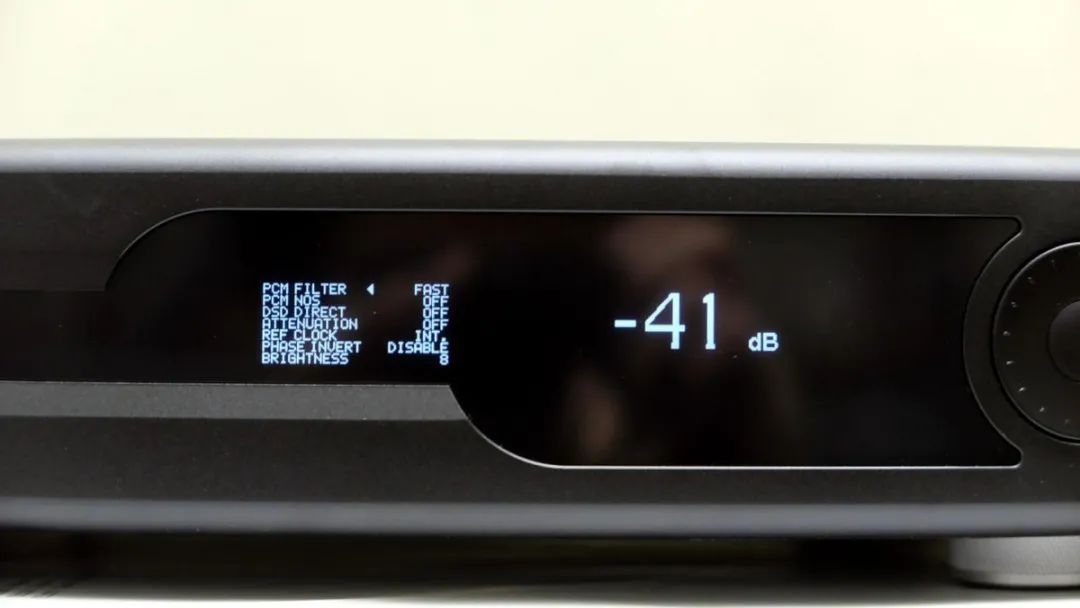
The volume adjustment knob of the DAC-R26 is very smooth, which is great for adjusting volume. However, the issue arises when adjusting settings; if the PCM NOS option is accidentally touched, it could lead to a sound explosion, so it’s wise to be cautious, and I suggest Schiit increase the knob’s damping.
The DAC-R26 features a femtosecond clock, with a controller called K2 inside, which can be simply understood as bypassing the source clock and centrally managing it with K2, thus reducing dependence on the quality of the source output. Of course, this is used when the source does not have a specially optimized clock; if the source itself uses a high-end clock, it can also be set to use an external clock.
The unit contains two toroidal transformers, which power the digital and analog circuits separately, and employs multiple linear voltage regulators, with each part receiving independent power supply, showing that they are quite generous with materials.
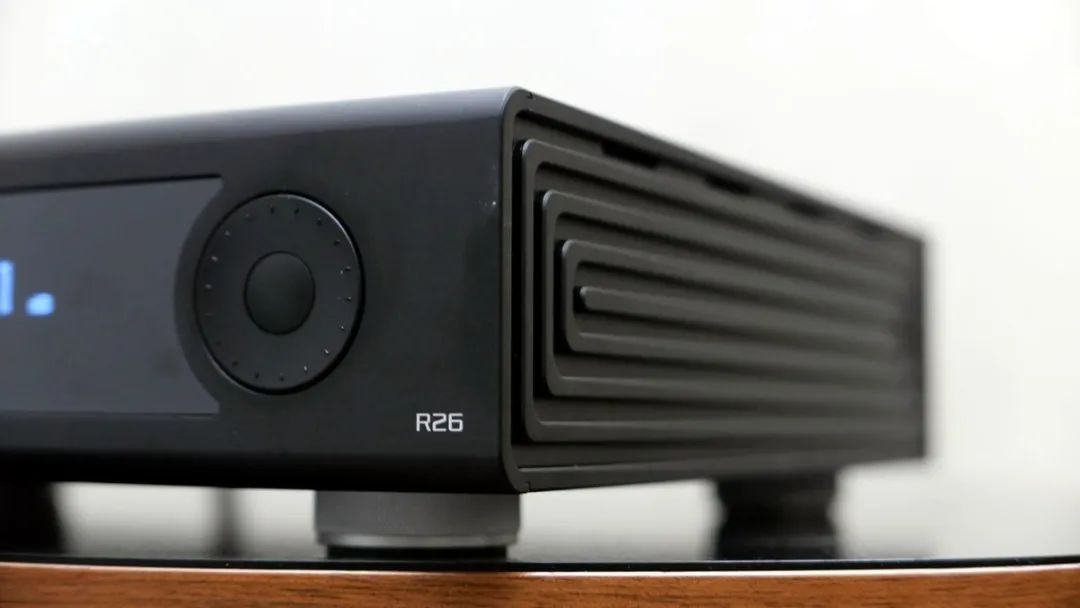
The integration of the network bridge is a highlight feature of the DAC-R26, and there are several points to clarify here.
-
On the hardware level, the DAC-R26 uses a wired connection and does not support wireless connections, likely based on considerations of transmission quality and avoiding wireless interference to ensure sound quality.
-
The DAC-R26 does not have any network playback or control-related apps.
-
The DAC-R26 can connect to a NAS using MinimServer, supporting control apps like BubbleUPnP for playback, but the current user experience is not very good. After communicating with the manufacturer, they indicated that a new firmware release is imminent, and I look forward to a better user experience soon.
-
It clearly supports ROON, AirPlay, and UPnP playback. I don’t use ROON, so I haven’t tested it. AirPlay works perfectly, and UPnP is compatible with many common software applications like QQ Music and Kugou.
-
Since it supports firmware upgrades, I believe Schiit will unlock all these features in the future.

I tend to be a bit stubborn; I don’t use ROON, and I feel that wireless playback through AirPlay, UPnP, or Bluetooth is not sophisticated enough. I believe that a network bridge should play music from my NAS library to truly capture the essence. Although it can be achieved through music software on the NAS in conjunction with a mobile app via UPnP, how can NAS music software be considered HiFi?
Ultimately, I successfully achieved full HiFi control and playback of the DAC-R26 with my NAS music library. However, it’s somewhat amusing that the method I used was to set up a Daphile system and output via USB to the DAC-R26. Yes, I did not use the DAC-R26’s network bridge function. This serves as a suggestion or solution for DAC-R26 users in similar situations.
(I later found out that BubbleUPnP can be used.)
The Daphile system fully recognizes the DAC-R26.
In terms of sound, since the DAC-R26 has volume control, I prefer to perceive the sound quality of a device in the most direct way, so I connected it directly to my Adam Artist5 active speakers. I have almost worn out these speakers; I love using them to test equipment. With Adam’s professional background and the Artist5’s home use positioning, these speakers have a neutral balance and high fidelity, and they are very sensitive to the quality of the front end.

It must be said that these ancient sound technologies, such as vinyl, tube amplifiers, and R2R architecture decoding, share commonalities.
The dense and solid sound texture of vinyl, the energy of tube amplifiers, and the distinct sound characteristics of R2R architecture decoding are not easily found in the new generation of technological products.
And this array of resistors, painstakingly assembled into an R2R architecture decoder, indeed presents unique sound characteristics.
The DAC-R26 R2R decoder has two clear sound characteristics.
The first is Schiit’s long-standing understanding of sound. Having used several Schiit decoders, integrated amplifiers, and headphone amplifiers, I am quite familiar with their sound positioning. Schiit is not complicated; although they often showcase high specifications to users, their tuning philosophy is indeed unified and inheritable. From my listening experience, Schiit adheres to a neutral and balanced sound, consistently providing a high-quality, well-resolving sound foundation. The DAC-R26 follows this principle without introducing any coloration or distinctive tuning style, leaving the tonal preferences entirely to the backend amplifier, headphones, speakers, and other equipment. Therefore, I have heard both warm and sweet sounds and relatively monitor-like restored sounds when using Schiit products, making it very convenient for users to adjust their sound preferences from the backend.
The second characteristic is the clear sound traits of the R2R architecture. Having listened to various brands of R2R decoders, while each has its tonal characteristics, it is not difficult to discern the differences between R2R architecture and delta-sigma architecture. This distinction is similar to the differences between CD and vinyl, or between tube and transistor sounds. If we compare R2R architecture to vinyl and tubes, it’s quite easy to understand; the sound richness, density, and solidity of R2R architecture lie between CD players and vinyl records. The smoothness, gaseous quality, and spatial feel are also somewhere between transistors and tubes. The reason why people are often attracted to the sounds of vinyl, tubes, and R2R architecture decoding is simply due to the unique listening experience they offer.
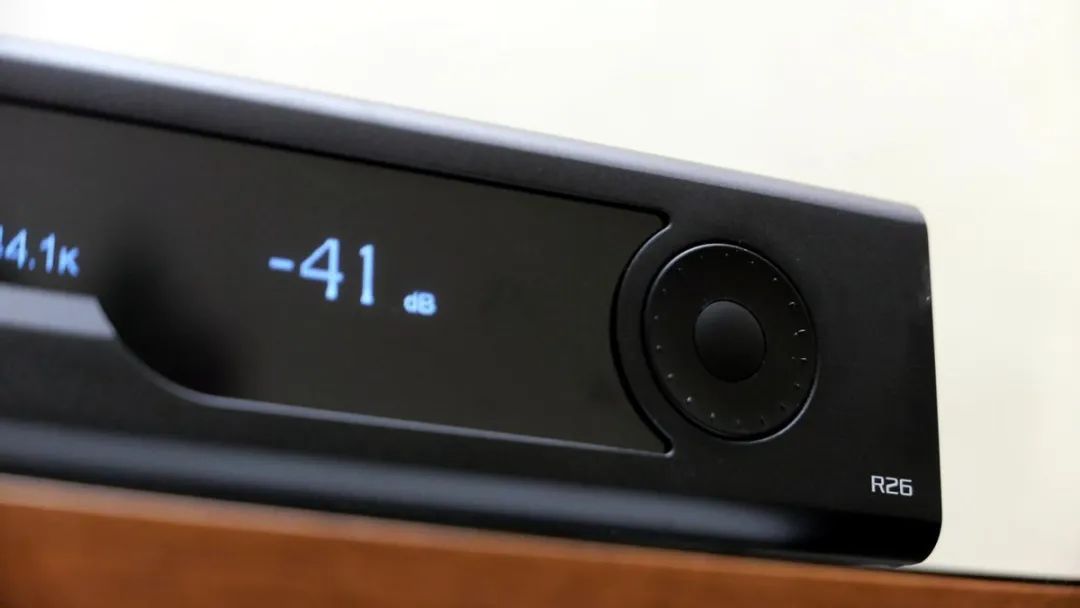
Among the memorable R2R brands, there are four notable ones: Total DAC, Holo Audio, Rockna, and YGG, each with its unique sound characteristics and high price tags. The sound of the DAC-R26 immediately reminded me of the YGG, an older product, which I felt had the most neutral sound among R2R options.
When asked about the DAC-R26’s R2R tonal characteristics, I can only say that I didn’t detect any specific coloration; the DAC-R26 possesses clear and pure R2R sound traits, with a certain smoothness, gaseous quality, good spatiality, and a certain richness, density, and solidity, along with excellent sound resolution. There are no sweet, delicate, or extravagant tonal colors present. It feels as if I am simply hearing the sound of the densely packed, high-precision resistors, very neutral and straightforward, very Schiit.
When listening to vocals on the DAC-R26, the soundstage is well-defined, with clear mouth shapes and strong spatiality, conveying the singer’s original tonal quality without embellishment.
When listening to large-scale orchestral pieces, the foundation is very stable. At first listen, it appears as if the instruments are woven together, but upon closer listening, the clarity of each section becomes apparent, with a layered feeling between the parts and distinct front-to-back layering. This performance of large-scale orchestral works, with its stability and thickness, suddenly reminds me of a fitting metaphor: if a solid-state player interprets such pieces with white skin—soft and moderately elastic—then the sound of the DAC-R26 R2R decoder is like wheat-colored skin, tighter and more elastic.
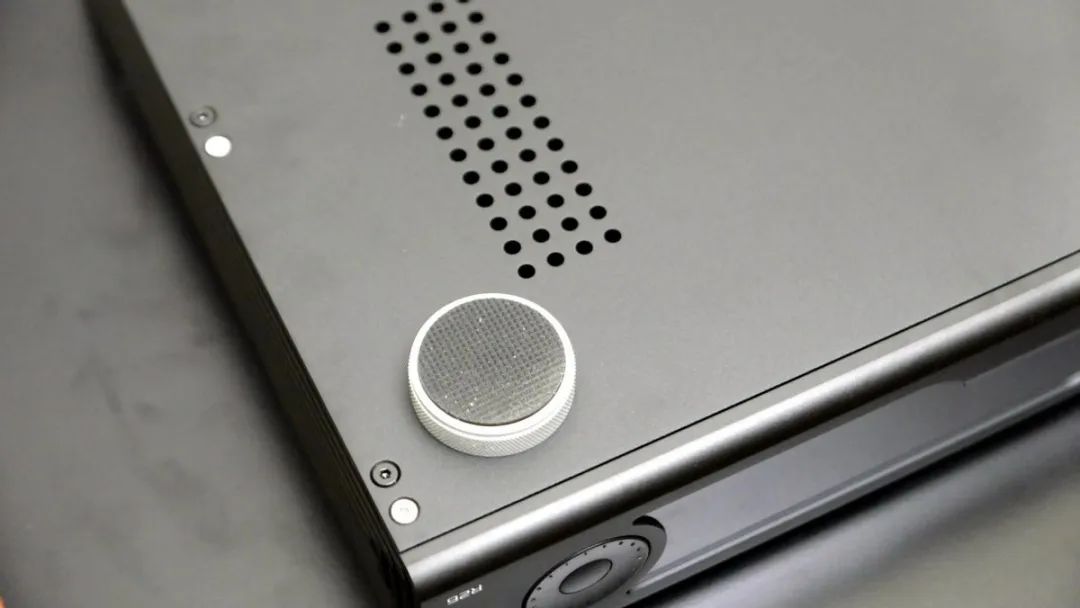
The DAC-R26’s neutral foundation is very pure, to the extent that while listening, I think this is the original sound of those rows of resistors. Because of its neutrality and lack of coloration, combined with its impressive resolution, I find that the DAC-R26 is suitable for various musical genres, provided that you are not a fan of distinctive tonal colors. The listening experience with the DAC-R26 is perfect for occasional serious listening or for playing background music; listening for extended periods does not feel tiring.
It is said that R2R needs to be burned in for several hundred or even over a thousand hours to reach its optimal state. I cannot verify this at the moment, but I have noticed that there is indeed a difference between the sound when first powered on and after a period of warming up; the sound is slightly muddled when first powered on, but improves significantly after warming up.
If you are a pure enthusiast wanting to experience R2R sound, you might want to give the DAC-R26 a try. At a price of 8999 yuan for a high-cost R2R architecture flagship decoder, I think the sound quality is quite good.
Finally, the remote control for the DAC-R26 is also quite user-friendly~
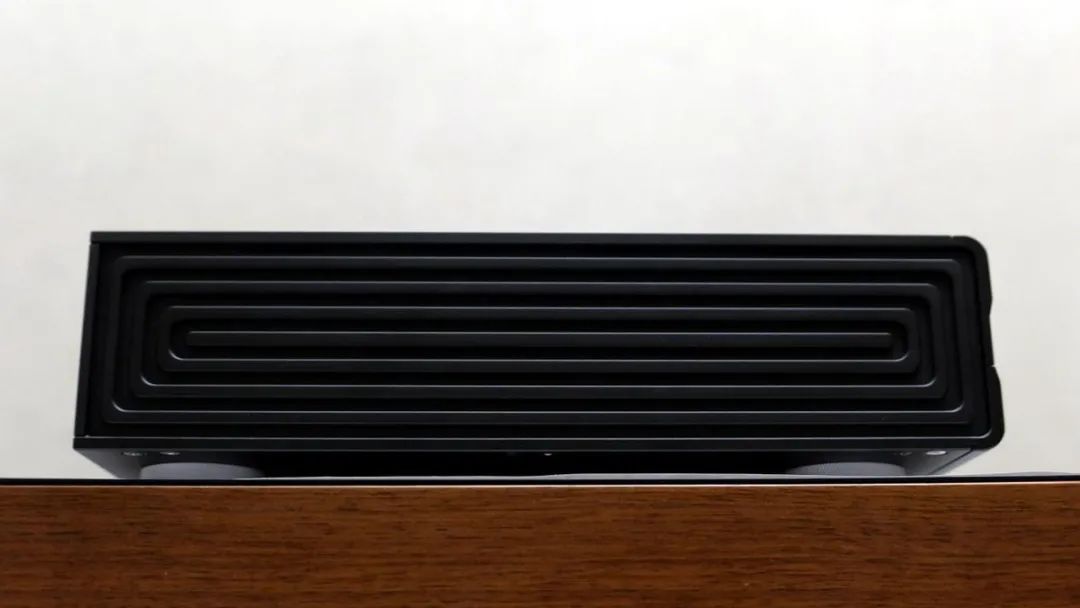
Click the bottom left corner toread the original text
Directly access theHeadphone Enthusiasts ClubAudiophile Paradise
To join the headphone club group, please add the admin’s WeChat↓↓↓


Scan to follow the headphone club
WeChat ID|headphoneclub-com
Sina Weibo|Headphone Club
Toutiao|Headphone Club
Recommended Reading:
Cool and Exciting! – The Dynaudio DTC500 Decoder Headphone Amplifier Experience